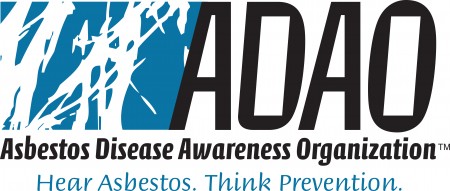Today, the World Health Organization called for action on 10 chemicals or groups of chemicals of major public health concern. The full WHO statement is online at http://www.who.int/ipcs/features/10chemicals_en.pdf
ACTION IS NEEDED ON CHEMICALS OF MAJOR PUBLIC HEALTH CONCERN
The production and use of chemicals continues to grow worldwide, particularly in developing countries. This is likely to result in greater negative effect on health if sound chemicals management is not ensured. Multisectoral action is urgently needed to protect human health from the harmful effects of improperly managed chemicals. The following Sections summarize scientific evidence and provide risk management recommendations for 10 chemicals or groups of chemicals of major public health concern.
- Air pollution
- Arsenic
- Asbestos
- Benzene
- Cadmium
- Dioxins & dioxin-like substances
- Inadequate or excess fluoride
- Lead
- Mercury
- Highly hazardous pesticides
Excerpt: Asbestos
All types of asbestos cause lung cancer, mesothelioma, cancer of the larynx and ovary, and asbestosis (fibrosis of the lungs). Exposure to asbestos occurs through inhalation of fibres in air in the working environment, ambient air in the vicinity of point sources such as factories handling asbestos, or indoor air in housing and buildings containing friable (crumbly) asbestos materials. Currently about 125 million people in the world are exposed to asbestos at the workplace. In 2004, asbestos-related lung cancer, mesothelioma and asbestosis from occupational exposures resulted in 107,000 deaths and 1,523,000 DALYs.** In addition, several thousands of deaths can be attributed to other asbestos-related diseases, as well as to nonoccupational exposures to asbestos. Elimination of asbestos-related diseases should take place through the following public health actions: a) recognizing that the most efficient way to eliminate asbestos-related diseases is to stop the use of all types of asbestos; b) replacing asbestos with safer substitutes and developing economic and technological mechanisms to stimulate its replacement; c) taking measures to prevent exposure to asbestos in place and during asbestos removal (abatement), and; d) improving early diagnosis, treatment, social and medical rehabilitation of asbestos-related diseases and establishing registries of people with past and/or current exposures to asbestos.
** DALYs are “the sum of years of potential life lost due to premature mortality and the years of productive life lost due to disability.”
In unity,
Linda Reinstein

